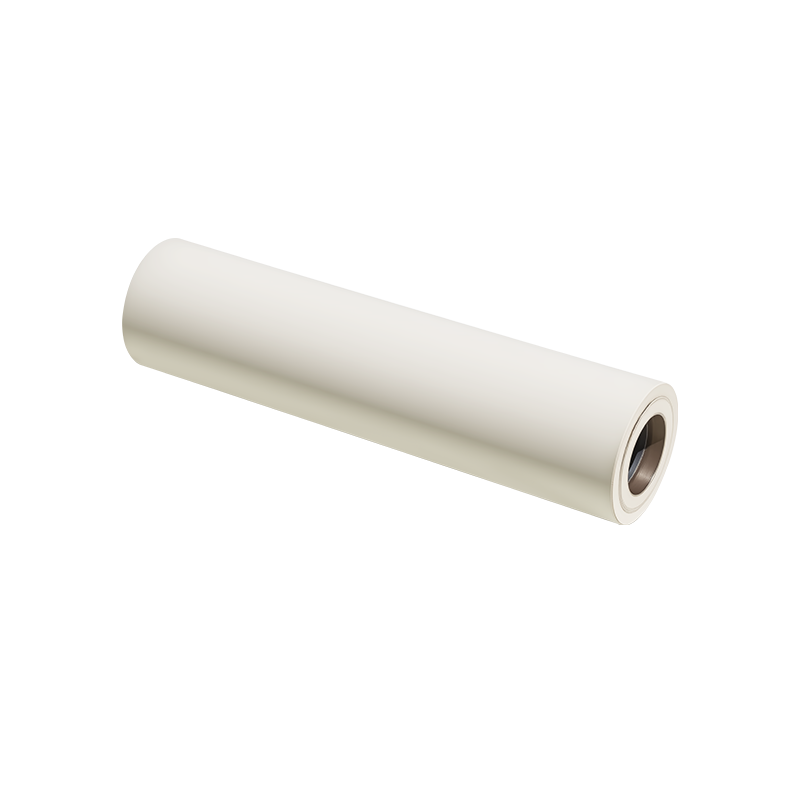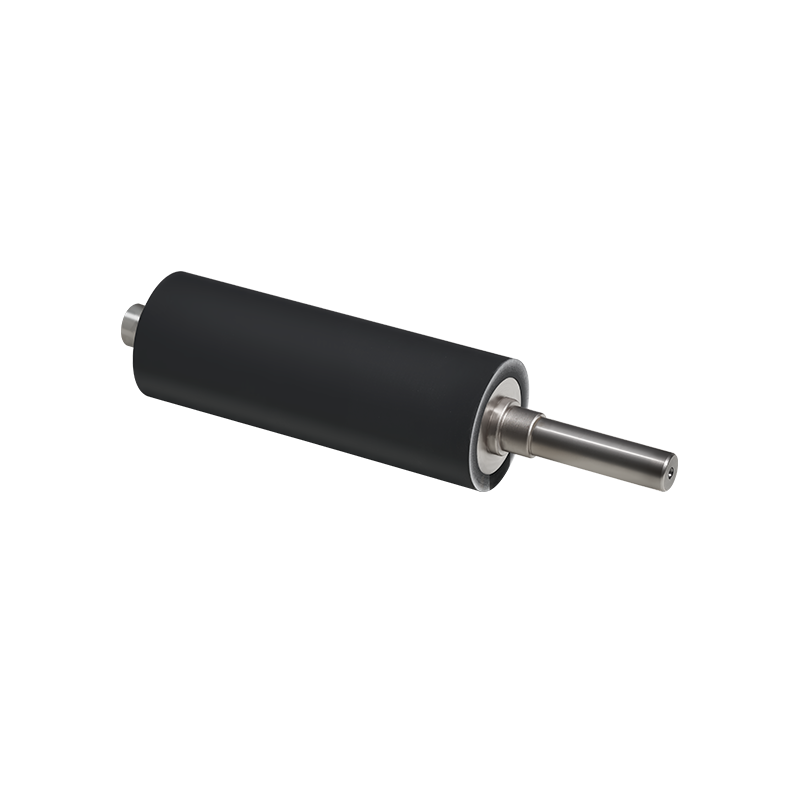Adjusting Side Guide Structures for Varying Belt Widths
The Role of Side Guides in Belt Adaptability
Steel Conveyor Belt Side Guide Rollers play a central role in stabilizing conveyor systems that operate with materials of varying widths and inconsistent loading conditions. In the context of modern industries—such as mining, quarrying, metallurgy, food processing, packaging, and logistics—belt width variations are common due to changes in production requirements, equipment retrofits, or mixed-size material handling. Within the early stage of this discussion, it is important to highlight how Steel Guide Rollers, Conveyor Side Guide Rollers, and Conveyor Belt Guide Rollers contribute to stability when conveyor belts change in width. These keywords represent typical categories of guiding devices and embody the mechanical principles behind width adjustment. Understanding how these rollers interact with different belt sizes begins with examining their structural elements, their installation flexibility, and the mechanical geometry by which they maintain alignment.
When a conveyor belt does not match the width for which the guiding system was originally configured, several issues arise: belt wandering, edge abrasion, tracking deviation, and unnecessary stress on bearings. To prevent such failures, the side guide system must be adjustable in a controlled, structurally stable, and repeatable manner. The following sections analyze how the side guiding mechanism accommodates belts of different widths and what engineering considerations influence its adaptability.

Mechanical Principles Behind Adjustable Guide Structures
1. Lateral Movement of the Guide Arms
- The fundamental method of accommodating different belt widths is modifying the lateral spacing between the guide arms that hold the rollers.
- Many installations use slotted mounting brackets, enabling the technician to slide the guide arms left or right.
- The width between guides must be matched closely to the belt edges while maintaining a small clearance that prevents frictional wear.
- This sliding adjustment is typically locked with bolts, clamps, or a rack-and-pinion mechanism for precise alignment.
- The lateral adjustability enables the same pair of side guides to work with belts that differ by several centimeters in width without replacing the entire assembly.
2. Selecting Appropriate Guide Roller Angles
- Some systems use angled rollers to push the belt gently toward the centerline.
- For wider belts, a shallow angle is preferred to prevent excessive lateral force that may distort the belt edges.
- For narrower belts, a sharper angle can help compensate for the belt’s reduced footprint and susceptibility to drift.
- The angle is adjusted via a pivot bracket or hinge that allows the roller to tilt inward or outward.
- The angle affects both belt tracking behavior and the degree of contact between the belt edge and the guide roller surface.
3. Adjustable Roller Diameter for Special Applications
- Though not always required, some heavy-duty models allow for rollers of different diameters to be swapped depending on belt width.
- Wider belts benefit from larger-diameter guide rollers that provide a broader surface of influence.
- Narrow belts may function more efficiently with slim rollers that reduce unnecessary friction.
- Interchangeable components make the system more modular and adaptable.
- While roller diameter changes are less common than lateral or angular adjustments, they do affect the tracking quality when belts vary significantly in size.
Structural Features Enabling Width Adaptability
1. Slotted Mounting Plates
- Slotted plates are one of simple yet effective structural features.
- They allow technicians to loosen bolts, shift the guides, and retighten them at the appropriate spacing.
- Slots are typically reinforced to prevent deformation when exposed to vibration or side forces.
- The length of the slot determines the width the system can accommodate.
- This design enables operational flexibility with downtime.
2. Telescopic Guide Arms
- More advanced conveyor systems use telescopic arms that can extend or retract.
- These arms allow for smooth width tuning without removing components.
- The telescopic structure may include detent locks or spring-loaded pins for quick changes.
- Such systems are particularly useful in facilities where belt width changes frequently.
- This design is favored in adjustable packaging conveyors or multi-size carton handling lines.
3. Modular Mounting Frames
- Some industrial conveyors use modular frames where the entire guide assembly can be repositioned.
- The frames are mounted on adjustable rails parallel to the belt.
- This enables symmetrical adjustment on both sides to maintain good tracking.
- Modularity simplifies maintenance and future upgrades.
- Modular frames give engineers the freedom to optimize guide positions according to load dynamics and belt properties.
Adjusting Guide Assemblies for Belt Width Variations
1. Determining Proper Clearance
- Proper clearance is critical regardless of belt width:
- Too much clearance causes wandering and delayed correction.
- Too little clearance causes friction, heat buildup, and potential edge damage.
- Typical clearance values range from 3 mm to 8 mm on each side, depending on belt material and speed.
- Technicians measure the belt, set the guides, observe behavior, and fine-tune positions accordingly.
2. Aligning to the Centerline
- Regardless of changes in belt width, the guiding system must maintain alignment with the conveyor’s centerline.
- The centerline is established based on drive pulley alignment and frame geometry.
- Side guides are adjusted symmetrically to maintain balance.
- Asymmetrical adjustment is only recommended when correcting an existing system misalignment.
- Ensuring that the side guides follow the centerline prevents long-term drift and uneven wear.
3. Adjusting for Load Distribution
- Wider belts often carry heavier or more distributed loads, while narrow belts may carry concentrated loads.
- Wider belts require guides adjusted slightly farther out to avoid restricting belt expansion under load.
- Narrow belts may require guides closer in to prevent lateral oscillation.
- Load weight, density, and drop height also influence suitable guide positioning.
- This ensures stability even when the conveyor is subjected to variable operational conditions.
Environmental and Operational Considerations
1. Dusty Environments
- Dust accumulation affects trackability, especially on wider belts.
- Guides must be positioned to avoid trapping dust between the roller and belt.
- Adjustable guides allow technicians to modify spacing when operating conditions change.
- Regular cleaning intervals are recommended.
2. Moisture and Humidity
- Moisture causes belt expansion, which affects width.
- Side guides must account for potential changes in belt width due to humidity.
- Technicians may adjust spacing seasonally or based on humidity levels.
- Corrosion-resistant materials are essential for the guide structure.
3. High-Speed Operations
- At high speeds, even small deviations in guide spacing significantly impact belt tracking.
- For wider belts running at high speed, precise adjustment is critical.
- Narrow belts require closer guides but also benefit from low-friction materials.
- Regular inspections ensure that bolts remain tight and alignment is consistent.
- Environmental factors, therefore, influence how and when guide adjustments must be made.
Maintenance Strategies for Adjustable Guide Systems
1. Routine Inspection of Adjustment Mechanisms
- Adjustment slots, telescopic arms, locking bolts, and pivot structures must be inspected periodically.
- Excessive wear can compromise the system's ability to maintain precise width settings.
- Lubrication helps preserve adjustment mobility.
- Damaged components must be replaced promptly.
2. Monitoring Belt Behavior After Each Adjustment
- Any belt width change or guide repositioning requires monitoring:
- Inspect whether the belt tracks smoothly.
- Listen for abnormal noise indicating friction.
- Check for symmetrical wear patterns.
- Technicians may need to adjust multiple times before achieving suitable performance.
3. Preventing Over-tightening
- Over-tightening side guides is a common mistake.
- Excessively tight guides damage belt edges and increase load on bearings.
- Proper torque settings for bolts ensure secure but flexible adjustment.
- Correct maintenance practices guarantee that the guiding system continues to adapt effectively.
Designing for Flexibility and Long-Term Belt Stability
Adjusting Steel Conveyor Belt Side Guide Rollers for various belt widths is essential for ensuring stable, efficient, and safe conveyor operation. By understanding the mechanical principles behind adjustable structures—such as lateral shifting, angular tuning, modular frames, or telescopic arms—engineers can configure systems that support a wide range of belt dimensions. Environmental factors, load characteristics, and operational speeds further influence adjustment strategies. When guide rollers are properly installed and adjusted, they maintain accurate tracking, reduce wear, and extend the lifespan of both the belt and the conveyor.
The flexibility to adapt to different belt widths is not merely a convenience but a fundamental requirement of modern industrial conveyor systems, especially in facilities where production demands are dynamic and materials processed vary significantly.


 Español
Español Deutsch
Deutsch

